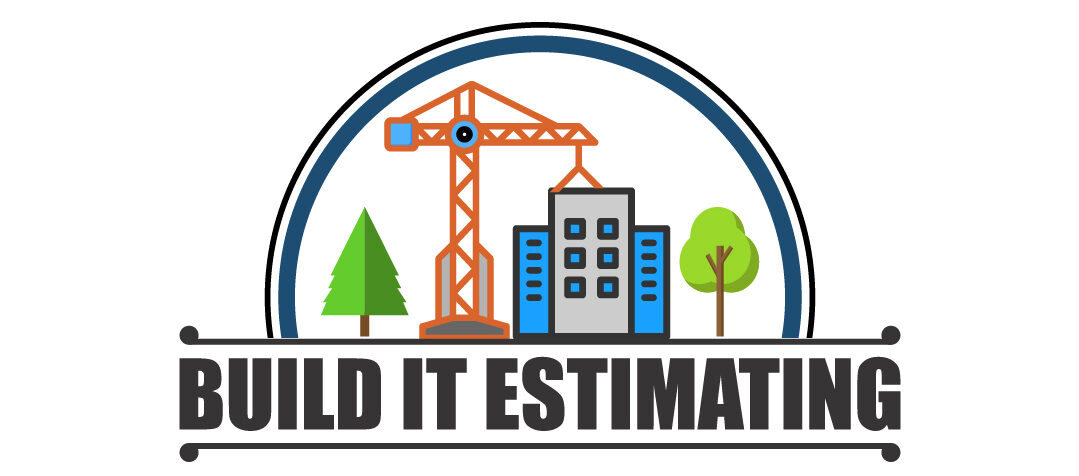Quantity takeoff (QTO) is a crucial process in the construction industry that involves calculating the quantities of various materials required for a project. This process is fundamental to preparing accurate estimates and ensuring that a construction project stays within budget. Understanding what quantity takeoff entails, its components, and best practices can significantly enhance project efficiency and cost management.
The Role of Quantity Takeoff in Construction Projects
Quantity takeoff plays a pivotal role in multiple aspects of construction projects, including:
Budgeting: QTO helps in establishing a detailed and accurate project budget by calculating the exact quantities of materials, labor, and equipment needed.
Planning: It aids in resource planning and allocation, ensuring that materials and labor are available when required.
Cost Estimation: Accurate quantity takeoff is the foundation of precise cost estimation, helping to avoid cost overruns and ensure financial viability.
Components of Quantity Takeoff
Quantity takeoff involves calculating the quantities of three primary components:
Materials: This includes all the construction materials required, such as concrete, steel, bricks, and timber.
Labor: Estimating the amount of labor needed involves calculating the hours required for each task and the number of workers necessary.
Equipment: This includes identifying the types and quantities of equipment needed, such as excavators, cranes, and scaffolding.
Methods and Techniques for Quantity Takeoff
There are various methods and techniques used for performing quantity takeoff:
Manual Methods: Traditional methods involve manual measurements and calculations based on blueprints and project documents.
Digital Tools: Modern digital tools, such as digital calipers and measurement software, enhance accuracy and efficiency.
Software Solutions: Advanced software solutions like PlanSwift, Bluebeam, and Autodesk Quantity Takeoff automate the QTO process, providing precise measurements and reducing human error.
Steps Involved in Performing a Quantity Takeoff
Performing an accurate quantity takeoff involves several critical steps:
Reviewing Plans: Thoroughly review architectural and engineering plans to understand the project’s scope and requirements.
Measuring Quantities: Use appropriate tools and methods to measure the quantities of materials, labor, and equipment required.
Documenting Data: Accurately document all measurements and calculations to ensure transparency and facilitate verification.
Common Challenges in Quantity Takeoff
Despite its importance, quantity takeoff can be challenging due to several factors:
Accuracy: Ensuring precise measurements is crucial but can be difficult due to complex project designs and varying measurement methods.
Data Management: Handling vast amounts of data requires efficient management and organization to avoid errors and omissions.
Scope Changes: Changes in project scope can complicate the QTO process, requiring frequent updates and adjustments.
Best Practices for Accurate Quantity Takeoff
Adopting best practices can help overcome these challenges and ensure accurate quantity takeoff:
Thorough Documentation: Maintain detailed records of all measurements, calculations, and assumptions to ensure accuracy and transparency.
Regular Updates: Regularly update quantity takeoff data to reflect any changes in project scope or design.
Verification Processes: Implement verification processes to cross-check measurements and calculations, reducing the risk of errors.
The Impact of Quantity Takeoff on Project Success
Accurate quantity takeoff has a significant impact on the success of construction projects:
Budget Control: Precise QTO helps in maintaining budget control, preventing cost overruns and financial shortfalls.
Risk Management: By identifying potential issues early, QTO aids in risk management and allows for proactive mitigation strategies.
Stakeholder Confidence: Accurate and reliable QTO data enhances stakeholder confidence, facilitating smoother project execution and funding.
Case Studies of Successful Quantity Takeoff
Real-world examples of successful quantity takeoff illustrate the importance and benefits of this process. Case studies often highlight the use of advanced software solutions and best practices that led to accurate estimates and successful project completion.
Future Trends in Quantity Takeoff
The future of quantity takeoff is being shaped by emerging technologies and trends:
AI and Machine Learning: These technologies can enhance the QTO process by providing predictive analytics and improving accuracy through data-driven insights.
Automation: Automation tools can streamline the QTO process, reducing manual labor and the risk of human error.
WHAT IS QUANTITY TAKEOFF IN CONSTRUCTION?
Quantity takeoff in construction is the process of measuring and calculating the quantities of materials, labor, and equipment required for a project. This essential process forms the foundation of accurate cost estimation and budget planning, ensuring that construction projects are completed efficiently and within budget.
Conclusion
Quantity takeoff is a vital component of construction project management, providing the detailed measurements and calculations necessary for accurate cost estimation and budgeting. By understanding and implementing effective QTO practices, construction professionals can ensure project success, improve efficiency, and enhance financial stability. As technology continues to evolve, the future of quantity takeoff promises even greater accuracy and efficiency through advanced tools and automated processes.
